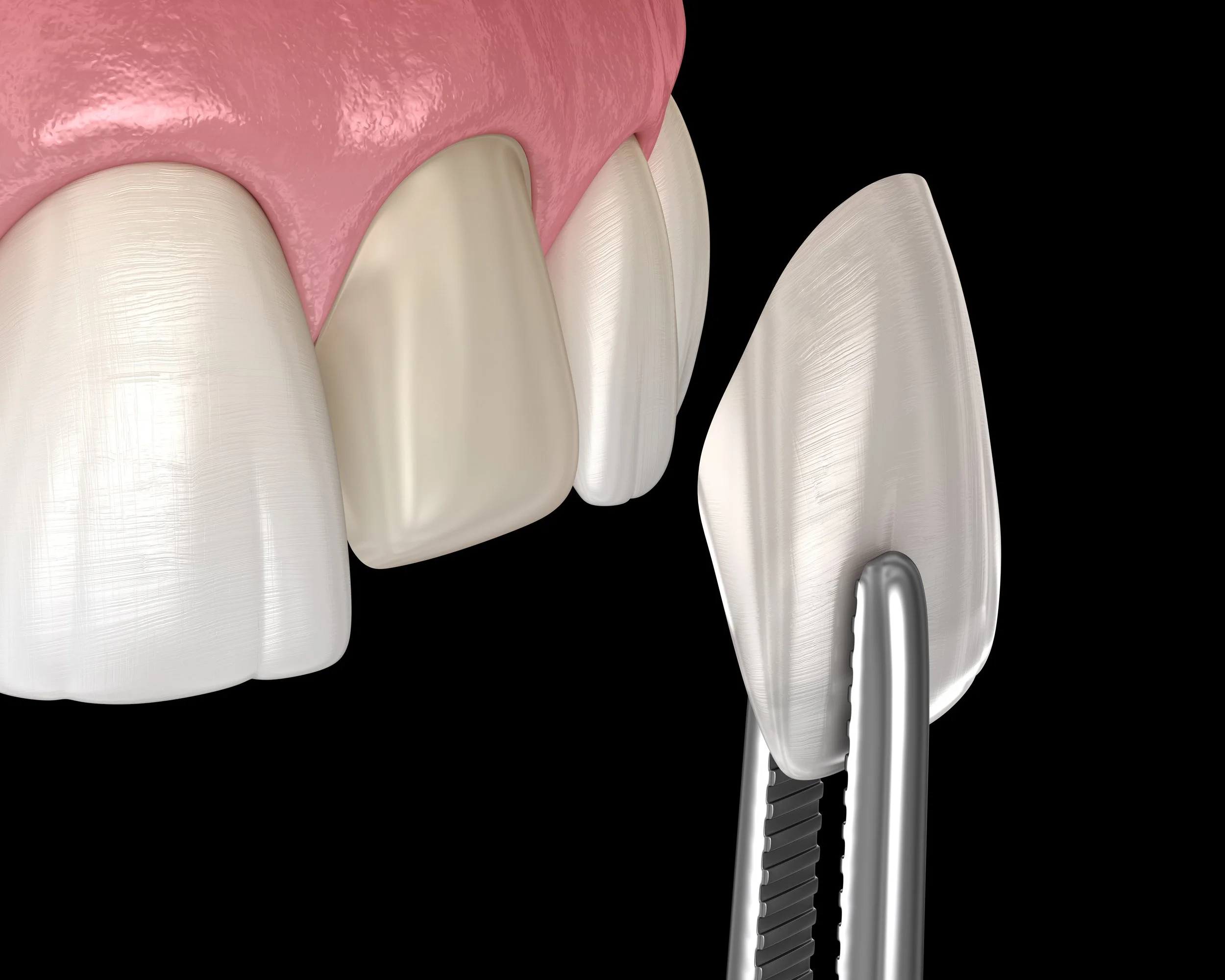To Bond or Not to Bond
To bond or not to bond, that is the question. A 200 US private practice dentists study reported that 38% of their crowns were bonded with resin cement, whereas the remainder were cemented with RMGI cement (Lawson JADA 2019). How do you determine which crowns should be bonded? In the study, the most significant predictor of which crowns were bonded was the type of crown material used. 70% of lithium disilicate crowns were bonded, and only 30% of zirconia and 16% of porcelain-fused-to-metal crowns were bonded. Another way to determine which crowns are bonded would be to bond crowns that need additional retention or strength reinforcement.
First, clarification should be provided as to the advantage of bonding. Bonding implies a chemical link between the crown material and a resin cement using a ceramic/metal primer (i.e., silane, 10-MDP, etc.). Additionally, bonding implies that either the cement or a tooth primer hybridizes with the dentin surface to provide a strong bond between the tooth and the resin cement. As a result, the crown material is adhesively bonded to the tooth to resist lateral forces (resistance form) and tensile forces (retention form). The crown is also reinforced as an adhesive bond that allows occlusal forces to be transferred from the crown material to the underlying tooth.
Perhaps the most obvious need for bonding is when performing veneers, as the resin cement not only creates retention and reinforcement but also allows esthetic benefits. Resin cements are available in a range of shades and translucencies, which allows color modification of the veneers; these shades can be previewed with try-in pastes. Additionally, light-cured resin cements are preferred for veneer cementation as they are more color stable and allow an increased working time.
Full-coverage crowns can also benefit from bonding if they lack adequate height or possess too much taper. Traditional prosthodontic literature (Weed JPD 1984) suggests that premolars should be prepared to a height of 3mm, and molars should be prepared to a height of 4mm to possess adequate resistance form. This height is recommended as it helps prevent buccal-lingual rotation of the crown.
In other words, a molar with a 10mm occlusal table that is rotated on the preparation in the buccal direction would be stopped by a 4mm tall lingual wall. Similarly, a premolar with a 6mm occlusal table would be stopped by a 3mm tall lingual wall. If the tooth preparations are shorter than these recommendations, bonding the crowns will help prevent dislodgement. For short clinical crowns, resistance form can also be improved by adding proximal grooves; however, decreasing the taper of the cervical portion of the crown preparation is more effective at improving resistance form (Roudsari JPD 2011).
Bonding crowns can also improve their retention. Using resin cement allowed three times the retention of a glass ionomer cement with lithium disilicate crowns (Mobilio Materials 2015). In another study, an auto-mixed resin cement produced twice the retention of an auto-mixed RMGI cement with zirconia crowns (however, the same RMGI material produced similar retention as the resin cement if hand-mixed) (Lepe JPD 2021). When comparing the bond to lithium disilicate and zirconia in laboratory studies, a similar bond strength is achieved with both materials assuming proper bonding protocol (etching an silane for lithium disilicate and sandblasting and 10-MDP for zirconia) (Kwon JPD 2018). However, many clinicians may feel more confident in the bond with lithium disilicate as the bond to glass-like materials (i.e., lithium disilicate, feldspathic porcelain) has a longer clinical track record than bonding to zirconia.
The other rationale for bonding ceramic materials is to reinforce their strength. The decision to bond a crown based on strength reinforcement is based on the restorative material and its thickness.
For example, the manufacturers of one lithium disilicate material (IPS e.max) recommend a minimal restoration thickness of 1mm if the crown is bonded and 1.5mm if the crown is cemented with a glass-ionomer-based cement. For zirconia, the manufacturer’s recommendations range between 0.6-1mm restoration thickness regardless if bonded or not. The strength of different types of zirconia (3Y, 4Y, and 5Y) can vary significantly (decrease in strength from 3Y to 5Y). For the more translucent zirconia materials (4Y and 5Y), a restoration of thickness of 1.2mm may be necessary (Abdulmajeed J Prosth 2020). Both traditional (3Y) and translucent (5Y) zirconia show improvements in strength from RMGI cementation to bonding with a resin cement (Lawson J Prosth 2019).
In conclusion, bonding should be performed for all non-retentive preparations and should be considered for short or over-tapered preparation. All lithium disilicate restorations thinner than 1.5mm should be bonded. 4Y and 5Y zirconia may be bonded (particularly if the restoration is thinner than 1.2mm). 3Y zirconia typically does not require bonding. However, in this author’s opinion, it should be considered at restoration thicknesses below 1mm.
About the author:
Nathaniel Lawson, DMD, PhD
Dr. Lawson, is the Director of the Division of Biomaterials at the University of Alabama at Birmingham School of Dentistry and the program director of the Biomaterials residency program. He graduated from UAB School of Dentistry in 2011 and obtained his PhD in Biomedical Engineering in 2012. He has served as an investigator on over 50 clinical and laboratory research grants, and published over 150 peer reviewed articles, book chapters, and research abstracts. His research interests are the mechanical, optical, and biologic properties of dental materials and clinical evaluation of new dental materials. He was the 2016 recipient of the Stanford New Investigator Award and the 2017 3M Innovative Research Fellowship both from the American Dental Association. He serves on the American Dental Association Council of Scientific Affairs and is on the editorial board of The Journal of Adhesive Dentistry and Compendium. He has lectured nationally and internationally on the subject of dental materials. He also works as a general dentist in the UAB Faculty Practice.





